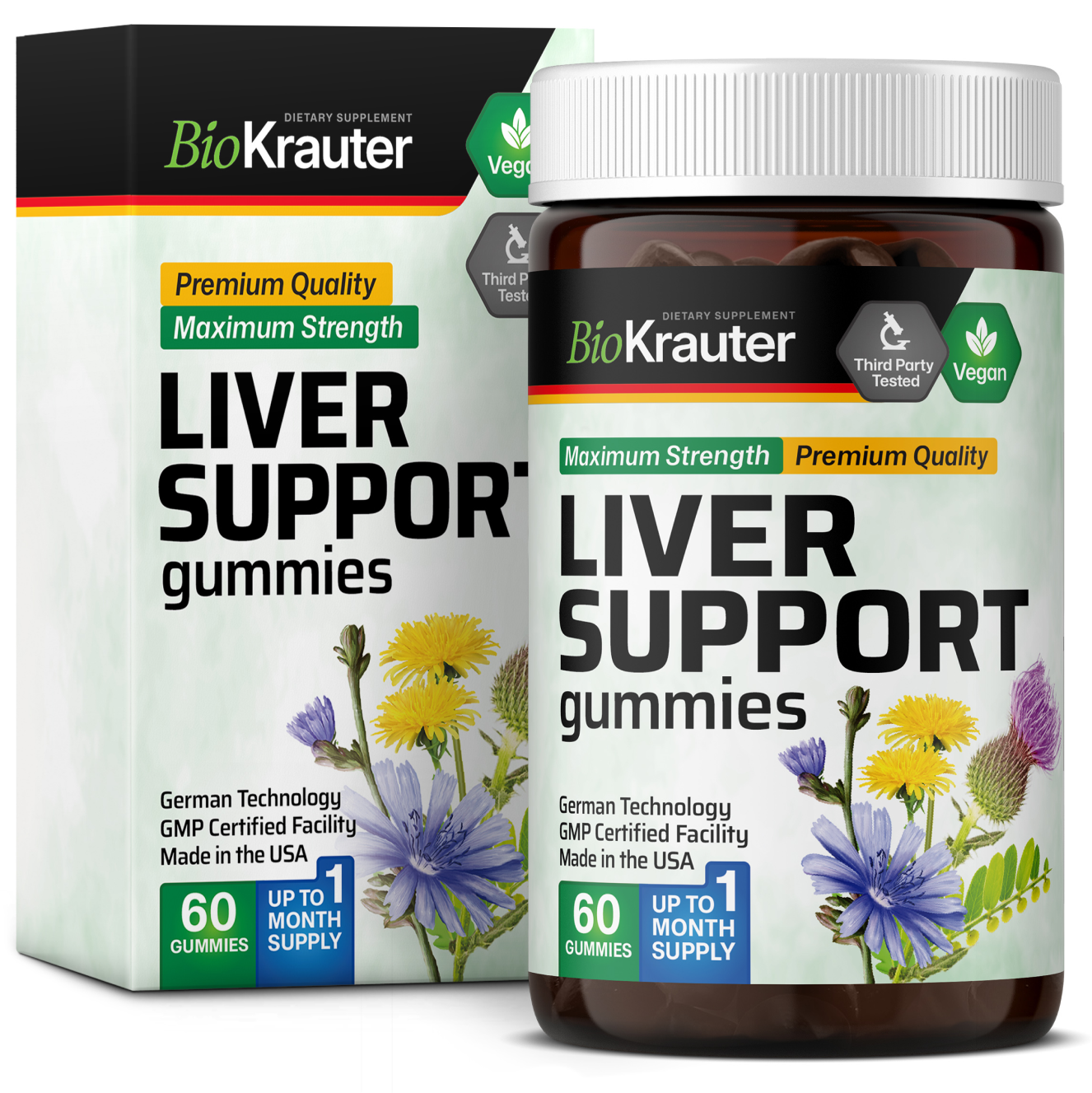-

What is Beetroot Used For?
Beetroot is a nutrient-dense vegetable, packed with fiber, vitamins B9 (folate), C, and essential minerals like iron and manganese, making it a nutritional powerhouse. Its pigments, betalains, are not only responsible for its striking color but also offer potent antioxidant and anti-inflammatory properties [1].





- Support for heart health Beetroot is packed with potassium, which plays a crucial role in regulating blood pressure [2]. Plus, potassium is necessary for maintaining a regular heart rhythm and preventing heart rhythm disorders [3].
- Blood circulation support Beetroot extract is high in nitrates, which are further converted by the body into nitric oxide, a molecule that is essential for vascular health [4]. Nitric oxide functions to dilate blood vessels, enhancing blood flow throughout the body. This dilation ensures that blood can flow more easily and efficiently, reaching various organs and tissues [5].
- Better physical performance Nitric oxide, produced with the help of beetroot’s dietary nitrates, helps regulate blood flow, muscle contraction and cellular energy production [6]. This activity ensures that more oxygen and nutrients reach the muscles during physical activity, boosting stamina and endurance.
Products Featuring Beetroot
$14.99
Looking for more information?
View All FAQsBeetroot benefits include supporting healthy digestion, thanks to its nutritional composition. One of the key elements contributing to its positive impact on digestion is its high fiber content. It adds bulk to the stool, which helps to regulate bowel movements and prevent constipation or irritable bowel syndrome (IBS) [7].
Additionally, the fiber in beetroot acts as a prebiotic, feeding the beneficial bacteria in the gut [8]. A healthy gut microbiome is vital for digestion, as well as for overall health. These good bacteria aid in breaking down food, absorbing nutrients and even producing certain vitamins.
Red beetroot is the most common variety of this vegetable, known for its deep crimson hue and earthy flavor. However, there are several other varieties, each with its unique characteristics.
- Red Beetroot: This is the classic variety, known for its vibrant red-purple color and round shape. The pigments responsible for its color, called betalains, have antioxidant properties. Red beetroots are typically sweet with a slightly earthy taste and are commonly used in a wide range of dishes, from salads to soups.
- Golden Beetroot: Golden beets are characterized by their yellow-orange color. They tend to be sweeter and less earthy than red beets. Golden beetroots also contain betalains, but in a different form, which gives them their distinct color. They're often used in salads and dishes where a milder flavor is desired.
- Chioggia Beetroot: Also known as candy cane or striped beets, Chioggia beets have a unique appearance with concentric rings of red and white inside. They have a sweet, slightly peppery taste. The striking pattern makes them a popular choice for raw dishes where their visual appeal can be showcased.
- White Beetroot: These beets are less common and have a pale, ivory-colored flesh. They are milder and less sweet compared to red beets, and are often used in dishes where the strong color of red beets would be undesirable.
- Baby Beetroot: This refers more to the size and the harvesting stage rather than a distinct variety. Baby beets are harvested early when they are small and tender. They can come in various colors like red, golden, or Chioggia and are prized for their tender texture and milder flavor.
Yes, beet gummies for blood pressure are a convenient and tasty way to support heart health. They provide the same blood vessel–relaxing nitrates found in beetroot, helping to maintain healthy blood pressure levels when taken consistently as part of your wellness routine.
Proper storage of beetroot is essential to maintain its freshness and nutritional quality. Here are some simple guidelines for storing it effectively:
Preparation for Storage:
- Trimming: If your beetroot comes with greens attached, trim off the leaves and stems, leaving about an inch of stem on the beet. This prevents the leaves from drawing moisture and nutrients away from the root.
- Cleaning: Don't wash beetroots before storage as moisture can encourage rot. Simply brush off any soil.
Short-Term Storage:
- Refrigeration: For use within a week or two, store beetroots in the crisper drawer of your refrigerator. Place them in a plastic bag with holes for ventilation or a perforated plastic bag to keep them from drying out.
- Humidity: Beetroots prefer a humid environment in the fridge. If they begin to look shriveled, they’re losing moisture.
Long-Term Storage:
- Root Cellar or Cool Basement: For storing beetroots for several months, a root cellar or a cool, dark, and humid place like an unheated basement is ideal. The temperature should be just above freezing, between 32-40°F (0-4°C).
- Sand or Peat Moss Storage: In these conditions, you can bury beetroots in clean sand or peat moss to keep them fresh. Ensure they are not touching each other to prevent rotting.
Freezing:
Beetroots can also be frozen for long-term storage. Wash, peel, and cook them until tender. Then slice or dice the beetroots, and freeze them in airtight containers or freezer bags.
Canning and Pickling:
For preserving the flavor and extending shelf life, they can be canned or pickled. This involves cooking the beetroots and storing them in a vinegar-based solution or canning them using proper canning techniques.
Avoiding Ethylene Gas:
Keep beetroots away from fruits that emit ethylene gas, like apples and bananas, as this can cause them to spoil faster.
This versatile vegetable can be consumed in a variety of ways, catering to different tastes and dietary preferences. It can be enjoyed both in its natural form, cooked in various ways, or as a supplement.
In its natural form, beetroot can be eaten raw, grated or sliced into salads for a crunchy texture and earthy flavor. Juicing is another popular option, where the raw beetroot is blended into a nutritious drink, often combined with other fruits and vegetables. This method preserves most of the nutrients and enzymes, offering a refreshing and healthful beverage.
For those who prefer cooked vegetables, beetroot can be roasted, boiled or steamed. Roasting brings out its natural sweetness, making it a delicious side dish or salad ingredient. Boiling and steaming are simpler preparation methods that still retain most of the vegetable's nutrients and flavor. Beet can also be pickled, which adds a tangy flavor and extends its shelf life, making it a handy and flavorful addition to meals.
Beyond these traditional methods, this vegetable is also available in a form of various dietary supplements, like beetroot powder, gummies, tinctures and capsules. These supplements concentrate the essential nutrients and compounds, offering a more potent dose of its health benefits. Choosing the best beetroot supplement depends on individual needs and lifestyle, but they are especially popular among athletes and those seeking specific health benefits like improved circulation or enhanced athletic performance.
- https://pmc.ncbi.nlm.nih.gov/articles/PMC7219731/
- https://pmc.ncbi.nlm.nih.gov/articles/PMC7600128/
- https://pmc.ncbi.nlm.nih.gov/articles/PMC8101903/
- https://www.sciencedirect.com/science/article/pii/S1756464624000847
- https://pmc.ncbi.nlm.nih.gov/articles/PMC2932548/
- https://pmc.ncbi.nlm.nih.gov/articles/PMC5295087/
- https://www.healthline.com/nutrition/benefits-of-beets
- https://www.mdpi.com/2075-1729/14/11/1391

Free
Shipping
No shipping
cost over $50

Premium
Quality
Engineered to a gold
standard for your satety

Easy
Returns
30 days money-
back guarantee
















